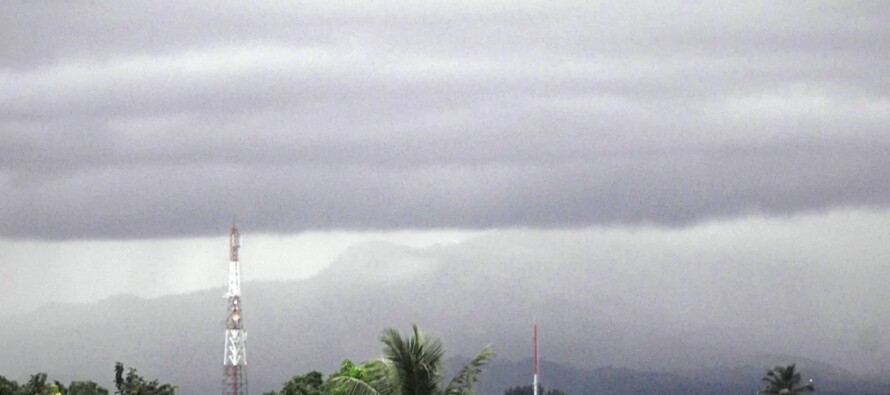
After the impact of Tropical Storm Óscar in the northeastern tip of Cuba, some rural communities remain cut off, making it difficult for local authorities to carry out a thorough assessment of the damage caused both personally and materially. So far, six fatalities have been reported, over a thousand affected homes, and significant damages to state infrastructure and agricultural sectors.
According to initial reports, around 6,000 people and about 4,000 households have been affected by flooding caused by river overflows and seawater encroachment in low-lying coastal areas. In Guantánamo province, where a significant portion of the land is dedicated to agriculture, it is estimated that nearly 50% of banana crops have been impacted by the storm. Significant damage has also been reported in coffee and tomato crops in the region.
Deputy Prime Minister Inés María Chapman, representing the central government, visited an area of San Antonio del Sur, one of the locations hardest hit by Óscar, which in the last 48 hours saw rainfall accumulations exceeding 630 millimeters in some parts of the province. Óscar, which entered Cuba as a category 1 hurricane on the Saffir-Simpson scale, caused intense rainfall, strong winds, and high waves during its passage over the island for more than 24 hours. After making landfall near Baracoa and leaving Cuba near Gibara, Civil Defense announced a return to "normal" status in several eastern provinces as there were no serious impacts reported.
This tropical storm has been the fifteenth in the Atlantic hurricane season and the first to impact Cuba. Both the meteorological services of the United States and Cuba had previously warned about the intensity of the hurricane season in the Atlantic for this year. The last time a major hurricane struck Cuba was in 2017 when Hurricane Irma wreaked havoc on the island, leaving fatalities and substantial material losses estimated in the billions of dollars.










